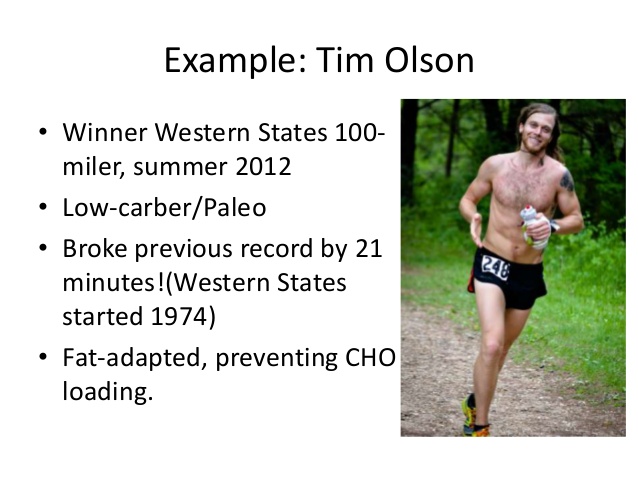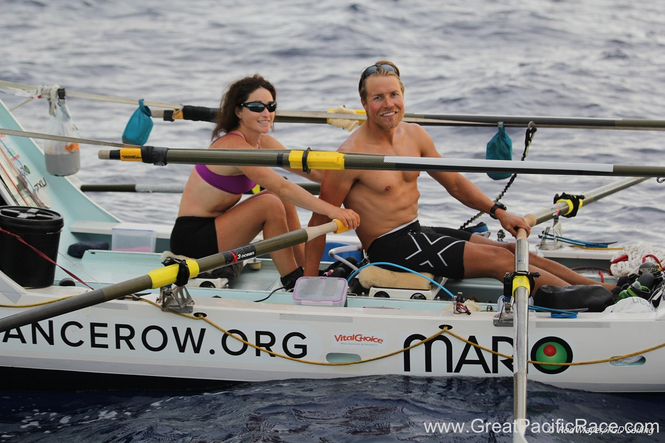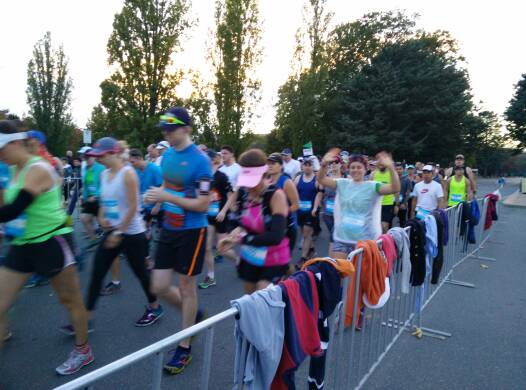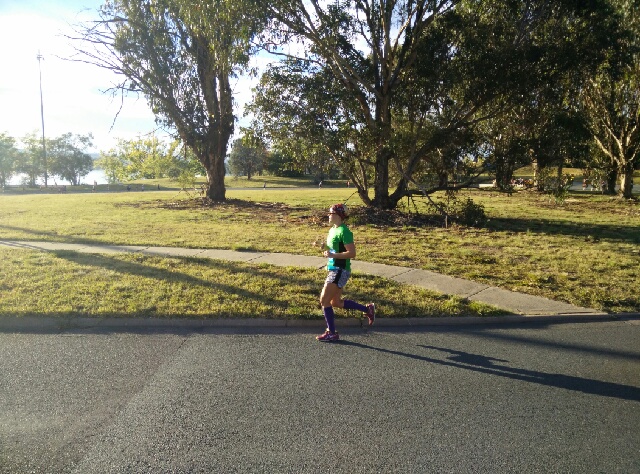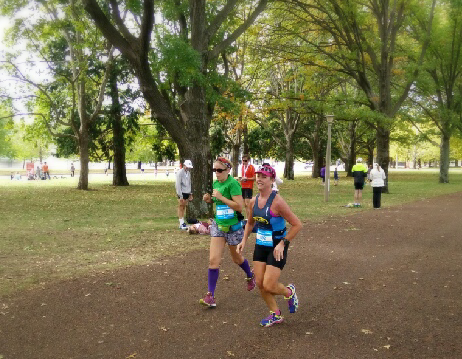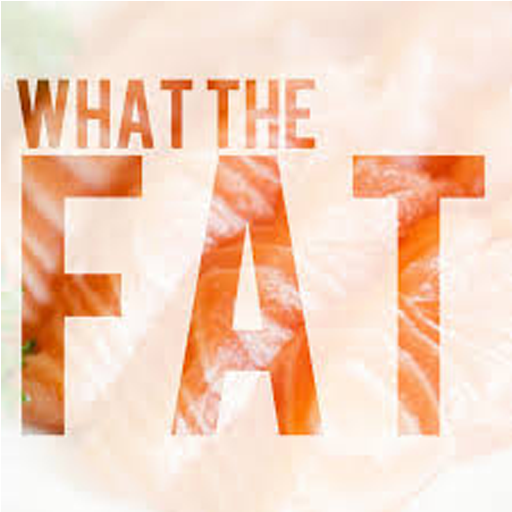This is the first of a 3 part series, designed to help you distinguish between ‘good’ and ‘bad’ fats. My mission is to convince you once and for all that fat does not deserve to be vilified and the days of fearing fat are over….and…. wait for it…. I’ll bet you need more of this good stuff in your diet!
Let’s start with cooking fats and oils because that’s where I see a lot of confusion in my clinic. I could go on about this topic for a long time, but as per usual, with respect for your time and mine I will keep it concise. Please use the references provided and do your own research. Knowledge is empowerment.
Getting the right cooking fats and oils in your kitchen is a kitchen basic 101. It can make a massive difference to the health of your family as you are about to find out. If you are still struggling with the idea of fat as an essential nutrient, read my article entitled What the Fat here. First, let’s consider the physiology of the body and a few very key reasons why the body requires fat for normal healthy bodily functions:
For years, you have been listening to the old ‘swap butter for margarine’ story and get rid of all the saturated fats. Replace these with polyunsaturated and monounsaturated oils and you will be well on your way to a clean bill of heart health. Well, as a nation, I can’t say we are looking too healthy right now so let’s really have a look at the variety of cooking fats and oils on offer, under the microscope. Before we delve in too deep, please consider these 2 key points:
-Saturated fat together with Omega 3 fatty acids comprise the lipid membrane surrounding our cells. These 2 in balance make for a beautiful, healthy lipid membrane that allows proper exchange of nutrients and waste in and out of our cells. This is nutrition on a fundamental level. Without this process occurring efficiently, optimal health is impossible. (Fallon, S. 2000, read more)
-The Omega 3 to omega 6 ratio within the body is now universally recognized as fundamentally important. According to this PubMedarticle, humans evolved on a diet consisting of a 1:1 omega 3 to omega 6 ratio. The typical Western diet today consists of a 1:16 ratio (average). Elevated omega 6 is largely recognized as a major driver of inflammation, which is the basis for chronic disease. As you will read in the beforementioned PubMed article, it has been linked with all kinds of conditions including asthma, cardiovascular disease, cancers and arthritis. Directly quoting from this article; “A lower ratio of omega-6/omega-3 fatty acids is more desirable in reducing the risk of many of the chronic diseases of high prevalence in Western societies, as well as in the developing countries.”
Now let’s take a really close look at common household cooking fats and oils. I have written these analyses without bias. My objective is to give you the facts and in turn you can make your decisions also using the resources provided. Of course if you are or become a client of mine, then I do give you strong recommendations. And I have provided some of my opinions below the analyses so read on if you want to know my take on these products. I have missed some of course: I don’t have that much time on my hands! Contact me if you want my opinion on any 1 particular oil.
Canola Oil
Production: The canola plant was developed from the hybridization of rape seed in the 70s. Rape seed contained extremely harmful levels of erucic acid and thus an alternative was needed. The canola plan contains less than 2% harmful erucic acid content (this passes the FDA’s recommendations). The canola plant produces seeds, which yield both the oil and canola meal. To extract the oil the seed is heated to extreme temperatures and pressed and then finally undergoes further processing to enhance its colour, flavour and shelf life. By genetic modification methods Canola is now herbicide resistant and many sources I have read recently argue that there is no non-GMO sources of canola left in the world today.
Characteristics: Low in saturated fat. 11% omega 3 and 21% omega 6 fatty acid. Over 60% oleic acid content (omega 9). Contains 0.2% trans fatty acids (Government figures: Some sources suggest this may be higher).Smoke point is about 200 degrees Celsius (mainly due to it being highly processed)
Further information / resources: Soyatech Canola Facts / Authority Nutrition
Vegetable Oil
Production: The term vegetable oil blankets any seed oil including canola oil (above) as well as rice bran oil, grapeseed oil, sunflower oil and soybean oil. The process is similar to that described above but I did choose to focus individually on Conola oil as it is really in the spotlight at the moment. Vegetable oils were largely non-existent until the 1920s. The oil seeds are firstly sterilised and boiled once they are harvested to deactivate enzymes which cause degradation of the oils. They then undergo roasting to liquefy the oil within the cells. The final process involves either dehydration, extraction or pressing to separate the oil from the rest of the nut or seed. Further refining then occurs to ensure the resulting oil is both bland and pale in colour. This may involve bleaching to remove undesirabled colours, deoderisation by steam distillation and neutralising any free fatty acids with sodium hydroxide solution
Characteristics: Smoking point between 200 (Grapeseed) and 260 degrees Celsius (Rice bran oil). High in polyunsaturated fats and low in saturated fats. Between 50 and 70% omega 6 content. Roughly 10 – 15 % omega 3 content.
Further information / Resources:Toxic Oil (David Gillespie) / FAO Corporate Document / Authority Nutrition
Peanut Oil
Production: Made via the pressing of peanuts to extract the oil. Noting that cold pressed peanut oil has a deep colour whilst highly refined peanut oil will be lighter and less flavoursome. Please note that a peanut is not a true nut, it’s actually a legume.
Characteristics: Contains saturated, monounsaturated and polyunsaturated fats in this ratio: 18: 49: 33. High smoking point and long shelf life. Contains no cholesterol. Contains both Resveratrol and vitamin E. Mainly omega 6 and 9, little omega 3 content. Flavours Asian dishes
Further information / Resources: Mercola / Proteco Oils
Olive Oil
Production: Olives are cleaned and washed, all twigs and leaves are removed. They are then crushed into a paste and mixed for up to 45 minutes which encourages the oil to conglomerate. Note that heat may be added at this time, but that reduces the quality. The resulting oil, water and solids are then separated by centrifuge. Finally alkalising, bleaching or steaming the oil may be necessary but only if the olive oil is of poor origins.
Characteristics: High in phenolic acid, a distinct antioxidant. Also high in Vitamin E and K. 14% saturated fat, 73% monounsaturated fat, including oleic acid (which may reduce inflammatory markers) and 10% omega 6. Smoking point is debatable, some sources say it is low others say it is up at around 180 degrees Celsius.
Further information / resources: Olive oil source / Authority Nutrition
Coconut Oil
Production: Coconut oil is cold pressed or centrifuged from the coconut itself. Processing varies then depending on whether it is refined or virgin coconut oil. Refined coconut oil may be subjected to chemical distillation, bleached and deoderised like vegetable oils. Virgin coconut oil can be subject to some heat whilst extracting but not enough for the oil to go rancid. The less refined brands will have a milder flavour. The more heat it is subjected to it seems the more ‘toasted’ the coconut becomes and thus the flavour is stronger.
Characteristics: Close to 90% saturated fat content. Mainly medium chain triglycerides which head straight to the liver and are burnt off effectively as an energy source. Lots of Lauric Acid, with antibacterial properties. Smoke point 180 degrees Celsius
Further information / resources: Authority Nutrition / Food renegade / Mercola / The Sceptical Nutritionist
Butter
Production: Milk is turned into cream, legal pasteurisation occurs to kill any bacteria. The cream is aged and held at a cool temperature for butter crystals to form, cultures may be added at this point and fermented for extra flavour and aroma. Churning takes place, buttermilk is then drained and salt may be added at this time. Butter is then stored and packed for commercial use.
Characteristics: Lots of fat soluble vitamins including A, E and K2 (essential for bone health). Mostly saturated fats, some long and medium chain fats too. A source of butyrate which is important for mitochondrial energy as well as being anti-inflammatory. Contains linoleic acid, which is widely accepted to be excellent for the metabolism and ‘fat burning’ in itself.
Further information / resources: Butter production / Authority nutrition/ Butter v margarine
My opinion
Let’s now reconsider those 2 key points that I raised above. One was pertaining to the composition of our cell membranes and the other was about the dangers of a high omega 6 to omega 3 ratio in the diet. With consideration for these 2 points alone, I suggest you think quite hard about using both canola oil and vegetable oil in your kitchen because both are very high in omega 6. We know with absolute certainty that high omega 6 drives inflammation which drives disease. In addition, if we take a look at the processing of those two products, there is nothing real or natural about it on any level and obviously this goes again my entire philosophy. These articles by Kris Gunners (Medical student / well respected nutritional advisor) the Weston A Price Foundation and David Gillespie go into much more detail about the dangers of these highly processed, cheap, hydrogenated oils. I also suggest doing some good old Google searching for yourself, because more and more information is coming to light. Bottom line – question every packet with a health claim.
Coconut oil and butter have been vilified for such a long time for their high saturated fat an cholesterol content. What we now know is that saturated fat was never the problem in the first place and dietary cholesterol isn’t either. Still don’t believe me? Read this very long and very professional document released by the Academy of Nutrition and Dietetics on the 8th of May 2015. Directly quoting:
1. “The Academy supports the decision by the 2015 DGAC not to carry forward previous recommendations that cholesterol intake be limited to no more than 300 mg/day, as “available evidence shows no appreciable relationship between consumption of dietary cholesterol and serum cholesterol.” and
2. “It is also noteworthy that not a single study included in the review for cardiovascular disease is reported to have identified saturated fat as having an unfavorable association with cardiovascular disease.”
In addition, I stress again that our cell membranes are comprised of omega 3 fats and saturated fats. When we take in products like vegetable oils that are highly processed and partially hydrogenated, these fats then become a part of our cell membranes (remember that cells are constantly being remade within the body and if good natural fats are unavailable, other fats are needed instead). When the cell membranes are comprised of ‘unnatural’ fats the membrane can’t function optimally. It becomes rigid and does not allow for efficient passage of nutrients in and waste products out. For more on this, read a medical team’s perspective here.
For these reasons, I prefer coconut oil and butter. You must also recognise that these 2 products are super concentrated with fat soluble vitamins and other super nutrients as already mentioned: Lauric acid and Linoleic acid. As for olive oil, the health benefits have never been disputed for this winner although I prefer not to cook with it – it has been hailed for lowering LDL cholesterol, having loads of antioxidants and lowering chronic inflammation. Cold pressed peanut oil I am sitting on the fence…. it can be a handy one to have around because it flavours Asian dishes nicely and can be used at super high heats. However, I do stress the importance of buying good quality, cold pressed peanut oil if you choose to stock it and using only on occasion due to its high omega 6 content.
For your information, this is what you will find in my kitchen:
-Coconut oil and grass fed butter, usually organic (please note that all butter from NZ is grass fed so you can’t go wrong there). I use these 2 for cooking.
-Extra virgin, cold pressed olive oil for dressing salads. Sometimes I brush vegetables with olive oil before roasting but I don’t use it for frying (mainly because I don’t like the flavour as much as coconut oil and butter plus I feel the jury is still out about the smoking point).
-Macadamia oil and avocado oil may also be found in my pantry. Macadamia oil can be used for pan frying as it does have a high smoke point and it has a superior omega 3 to 6 ratio; the best of all nuts in fact. Both are divine for dressing salads. Most cold pressed nut oils have lovely, delicate flavours and are nice for drizzling over foods. I sometimes have sesame oil too, but only for throwing on stir fries right at the end – its not good at heat, which means it can turn rancid quite quickly if subjected to high temperatures.
Unfortunately we do have a tendency to look at price tags (I can understand this!) and the nastier oils are the cheapest of course. But, as I continue to say, spend that little bit more money and buy your good quality fats and they add flavour on their own! You will save money at the end of the day because you will no longer need packaged sauces to add flavour. I also stress that every oil you buy should be virgin cold pressed. As you can see from my analysis, even coconut oil can go through some nasty processing when it is not in its rawest form.
Let’s keep it real. You will save oodles of money on your health in the long run if you can change your nutrition and lifestyle habits today.
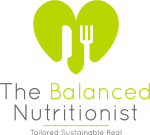

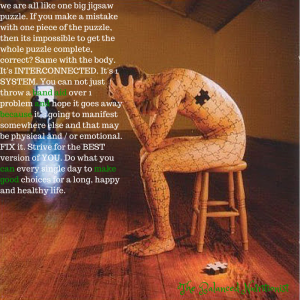

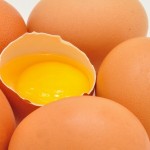




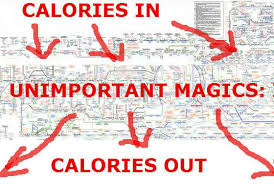 same number of calories but they will have completely different micronutrients. Micronutrients refer to substances that are essential for life and include vitamins and minerals such as iron, calcium, folate, antioxidants and phytonutrients. Furthermore, both fats and protein tend to provide far more micronutrients than carbohydrates. These foods are more ‘nutrient dense.’
same number of calories but they will have completely different micronutrients. Micronutrients refer to substances that are essential for life and include vitamins and minerals such as iron, calcium, folate, antioxidants and phytonutrients. Furthermore, both fats and protein tend to provide far more micronutrients than carbohydrates. These foods are more ‘nutrient dense.’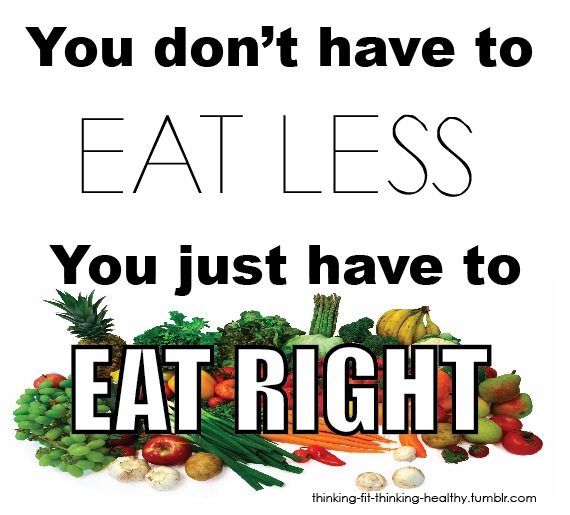
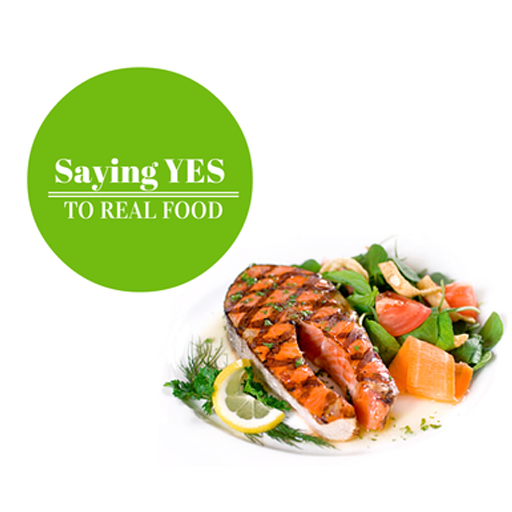
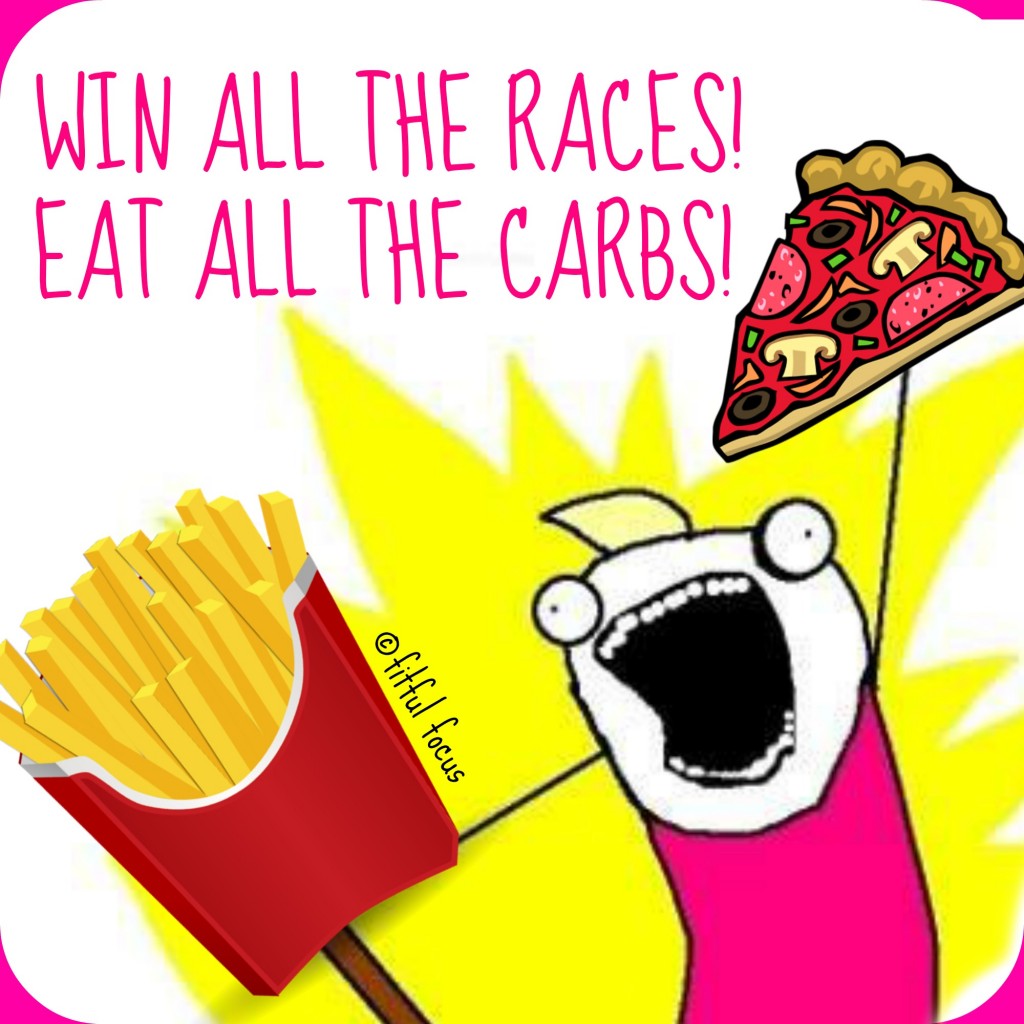
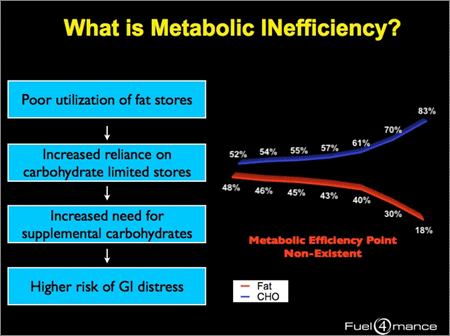 Overall, we know that running a marathon, or doing a triathlon or any type of athletic event is physically stressful – the very process causes a great deal of inflammation within the body. So why then do we turn to copious amounts of highly refined foods that further exacerbate these responses?
Overall, we know that running a marathon, or doing a triathlon or any type of athletic event is physically stressful – the very process causes a great deal of inflammation within the body. So why then do we turn to copious amounts of highly refined foods that further exacerbate these responses?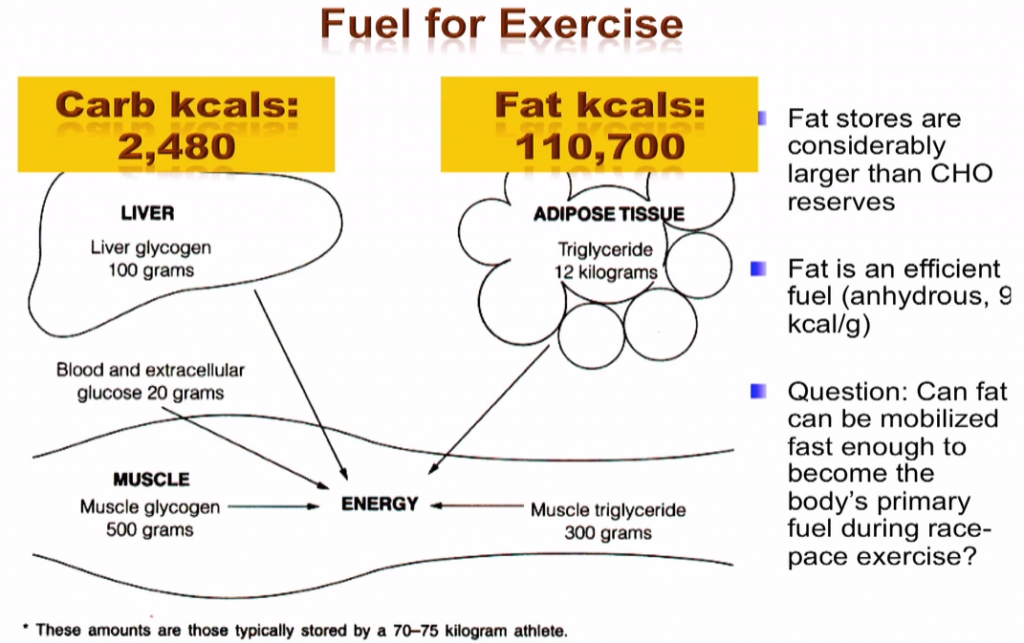 Imagine the potential for athletes who have a continuous fuel source at their disposal? There are lots of athletes out there who are experiencing the benefits; Bevan McKinnon, Sami Inkinen, Bruce Fordyce, Jon Olsen, Zach Bitter and Karyn Hoffman are some of the big names living, breathing and succeeding with this method. But I believe that it is so much more than just performance. I believe that this approach is essential for athletic longevity. It promotes the inclusion of foods in their most unrefined state, with moderate amounts of protein and nourishing anti-inflammatory fats; both of which are essential for hormones, cells and life in general. Interestingly, these ‘real’ food sources are also the richest in nutrients including vitamins, minerals, antioxidants and phytonutrients. As athletes it is absolutely imperative that we are getting an abundance of good nutrition to promote fast recovery, support our immune systems and dampen down inflammation within the body.
Imagine the potential for athletes who have a continuous fuel source at their disposal? There are lots of athletes out there who are experiencing the benefits; Bevan McKinnon, Sami Inkinen, Bruce Fordyce, Jon Olsen, Zach Bitter and Karyn Hoffman are some of the big names living, breathing and succeeding with this method. But I believe that it is so much more than just performance. I believe that this approach is essential for athletic longevity. It promotes the inclusion of foods in their most unrefined state, with moderate amounts of protein and nourishing anti-inflammatory fats; both of which are essential for hormones, cells and life in general. Interestingly, these ‘real’ food sources are also the richest in nutrients including vitamins, minerals, antioxidants and phytonutrients. As athletes it is absolutely imperative that we are getting an abundance of good nutrition to promote fast recovery, support our immune systems and dampen down inflammation within the body.